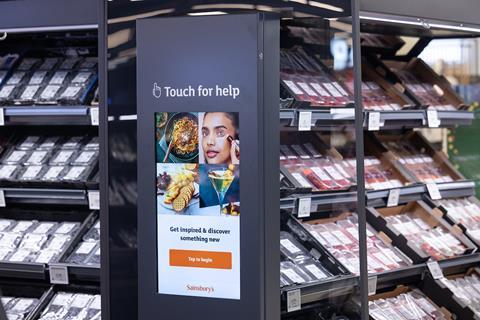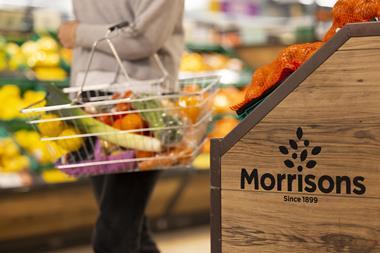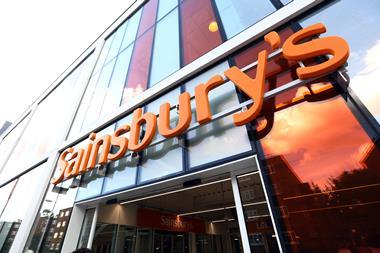
It’s no surprise Tesco has urged its suppliers to invest in an upscaling of its retail media network.
The trend for investment is moving in-store as consumers increasingly fast-forward their way through TV advertising. It means more and more of a brand owner’s discretionary spend is likely to be – and should be – happening closer to where the shopper is making their final purchase decision.
But for this to pay dividends to all parties, retailers have a big job to do in educating the market on the benefits of retail media options. They are going to have to rethink their engagement strategies with brand owners to achieve their own objectives – as well as those of their customers. And I have to say, it is doubtful whether they’re successfully selling all of the benefits or scale that retail media offers.
The Tesco news comes just a few months after Sainsbury’s announced the evolution of its 2020 Food First strategy. This begged the question of how branded suppliers could unlock value in their relationship with Sainsbury’s. We said then we believed in-store “commercial” marketing was a key enabler in developing that relationship – but one many businesses fail to fully understand.
The fact of the matter is that shopper marketing is commercial marketing. It is within the domain of all functions within a branded manufacturer, or at least it should be. Shoppers may be making their buying decisions ever closer to the point of purchase, but it is questionable whether brand teams are close enough to the discussion to be taking effective action to leverage this.
Read more:
-
Does retail media spell the end for the gondola end?
-
Retail media will be ‘bigger than TV’ by 2025 says Tesco
-
Asda launches overhauled retail media offering LS Eleven Media Services
-
Why we must use digital tech to optimise physical stores
Unquestionably, the retail media space represents a big profit-driving opportunity for retailers. But we anticipate there is likely to be quite a high level of distrust among brand teams about rate cards and likely return on investment. This means it’s important for retailers to get the rollout right, to meet head-on and counter a likely degree of cynicism from brands.
Retailers will have to sell hard to brand owners, and they’re going to have to be transparent and quite open-book around return on investment. In short, those that can be open, transparent, creative, and collaborative will be the ones who win out.
Brand owners also need to ensure their contact strategy with customers is right. With ever more demands for investment, there is a real threat of mistakes if brands don’t have the right project objectives, test and learn environment, and pre and post-analysis infrastructure.
Brand owners also need to be careful in how they ensure brand assets and objectives are translated through to execution.
There are lessons to learn for both sides here. There is an open-mindedness required from brand owners, and there is an open-mindedness and open-book mentality required from retailers.
We have heard many people saying supermarket environments are generally looking tired. The rise and potential of retail media and in-store marketing is a big opportunity for retailers and brands if tackled correctly, but also a very big threat to margins if approached blindly.
The questions for brands are which side of the debate they will be on, how exciting their plans for shopper engagement can be, and how they can bring them to life profitably in partnership with the retailer.



















No comments yet